Female hip hop style is more than just a genre or a fashion trend—it’s a cultural statement. It’s a blend of bold fashion choices, lyrical prowess, and unapologetic self-expression. Over the decades, female artists in hip hop have redefined norms, blending streetwear with high fashion and music with empowerment.
In this blog, we’ll explore the evolution of female hip hop style, its key influencers, and its impact on fashion and culture worldwide.
What Defines Female Hip Hop Style?
Female hip hop style combines:
- Music: Lyrical content that speaks about life, empowerment, and resilience.
- Fashion: Bold, innovative, and often trend-setting outfits.
- Attitude: Confidence and individuality that challenge stereotypes.
This style isn’t limited to one look or sound—it evolves with every artist and era.
The Evolution of Female Hip Hop Style
1. The 1980s: Breaking Ground
The 1980s marked the rise of female MCs like Roxanne Shante and Salt-N-Pepa. Their style blended streetwear with bold accessories, reflecting the energy of the era.
Key Fashion Trends:
- Oversized jackets.
- Gold chains and large hoop earrings.
- Sneakers paired with casual streetwear.
Musical Influence:
Artists focused on storytelling, addressing social issues and representing the voice of women in hip hop.
2. The 1990s: Golden Era of Hip Hop
The 1990s saw iconic figures like Queen Latifah, Missy Elliott, and Lil’ Kim revolutionize female hip hop style. Each artist brought unique elements to the genre, blending individuality with cultural representation.
Key Fashion Trends:
- Queen Latifah: African prints and headwraps, symbolizing empowerment.
- Lil’ Kim: Bold, revealing outfits that redefined femininity in hip hop.
- Missy Elliott: Futuristic and oversized outfits, breaking norms of traditional fashion.
Musical Influence:
The music highlighted empowerment, confidence, and self-expression.
3. The 2000s: Glam Meets Street
In the 2000s, artists like Nicki Minaj, Eve, and Trina embraced a mix of glamorous and street-inspired styles. This era celebrated individuality and fearless fashion choices.
Key Fashion Trends:
- Bright colors and eccentric outfits (Nicki Minaj).
- Leather, fur, and high heels (Eve).
- Glitter and bold makeup styles.
Musical Influence:
Lyrics became more confident, addressing topics like success, independence, and power.
4. The Modern Era: Diversity and Empowerment
Today, female hip hop style is a melting pot of influences. Artists like Cardi B, Megan Thee Stallion, and Doja Cat embrace diversity, blending streetwear with couture.
Key Fashion Trends:
- Designer collaborations (e.g., Cardi B x Balenciaga).
- Athleisure paired with high-fashion pieces.
- Experimental makeup and hair styles.
Musical Influence:
Lyrics celebrate empowerment, body positivity, and breaking societal norms.
Iconic Female Hip Hop Style Moments
- Lil’ Kim at the 1999 MTV VMAs:
Her purple one-shoulder jumpsuit with a matching pasty became a cultural moment. - Missy Elliott’s “The Rain” Video:
The iconic inflatable trash bag suit redefined futuristic fashion in music. - Nicki Minaj’s Harajuku Barbie Era:
Vibrant wigs, bold outfits, and eccentric makeup set her apart. - Cardi B’s MET Gala Looks:
Cardi’s extravagant gowns at the MET Gala showcase the intersection of hip hop and high fashion.
Female Hip Hop Style in Fashion Trends
Female hip hop style has influenced global fashion trends:
1. Streetwear:
Baggy jeans, crop tops, and oversized hoodies remain staples.
2. Athleisure:
Tracksuits and sneakers have become everyday fashion staples.
3. Luxury Collaborations:
Brands like Gucci, Prada, and Versace often collaborate with female hip hop artists.
4. Accessories:
Gold chains, hoop earrings, and statement sunglasses are timeless elements of hip hop style.
Empowerment Through Female Hip Hop Style
Female hip hop style isn’t just about aesthetics—it’s a form of empowerment.
1. Challenging Norms:
Artists redefine femininity, showcasing strength and independence.
2. Representation:
They represent marginalized voices, advocating for equality and self-expression.
3. Inspiring Generations:
Their style inspires fans to embrace their individuality and confidence.
The Future of Female Hip Hop Style
The future of female hip hop style is limitless. With technology, globalization, and social media, artists continue to innovate and influence fashion and culture.
- Virtual Fashion: Expect digital outfits and AR-enhanced performances.
- Sustainability: Eco-friendly fashion may become a staple in the industry.
- Cultural Fusion: Artists will draw inspiration from diverse global cultures.
Final Thoughts
Female hip hop style is a testament to the power of self-expression and resilience. From the bold streetwear of the 1980s to today’s high-fashion collaborations, it continues to evolve while challenging societal norms.
Related Articles:
For further reading, explore these related articles:
- Most Famous Female Singer in the World: A Look at Iconic Voices
- First Rap Song in the World: A Journey into Hip-Hop’s Beginnings
For additional resources on music marketing and distribution, visit Deliver My Tune.





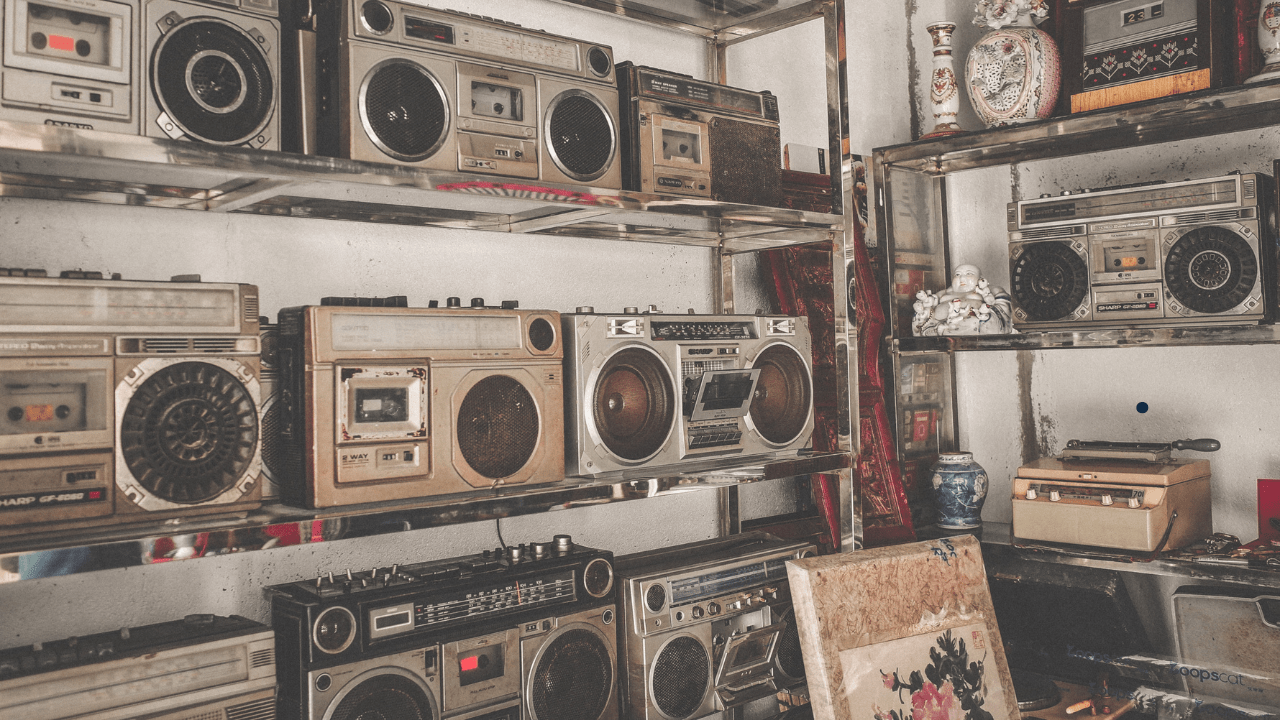


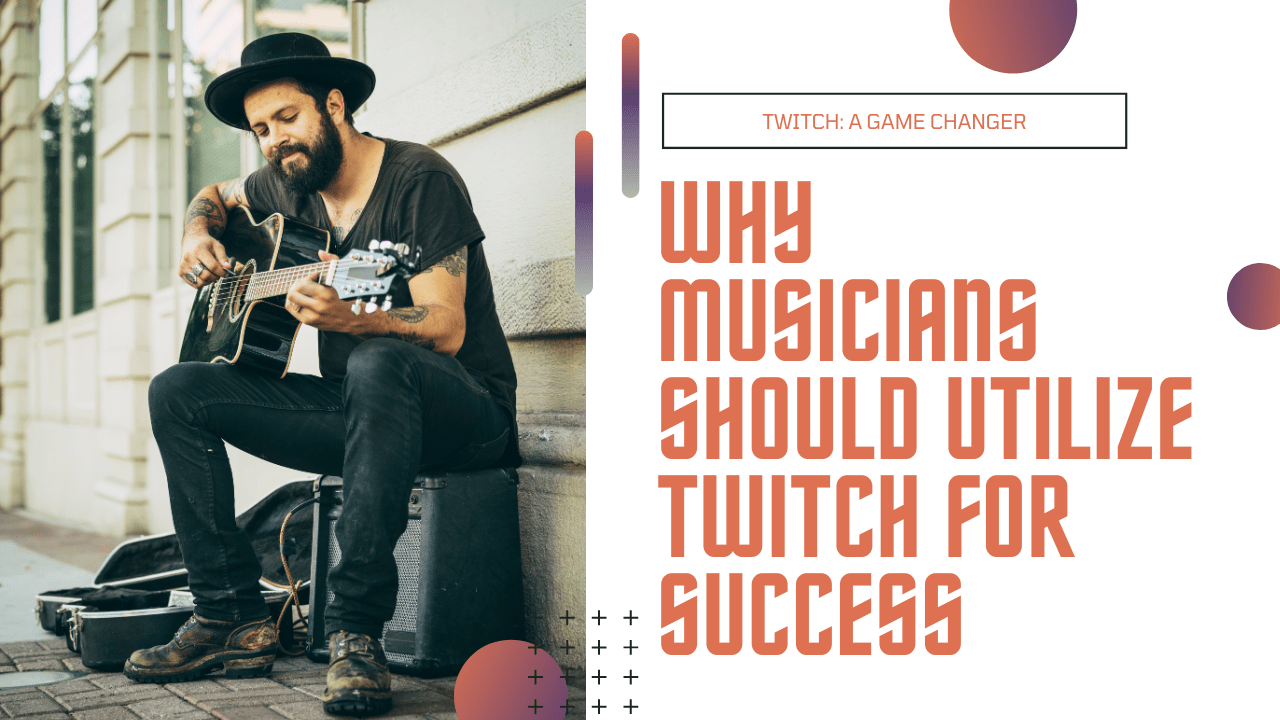


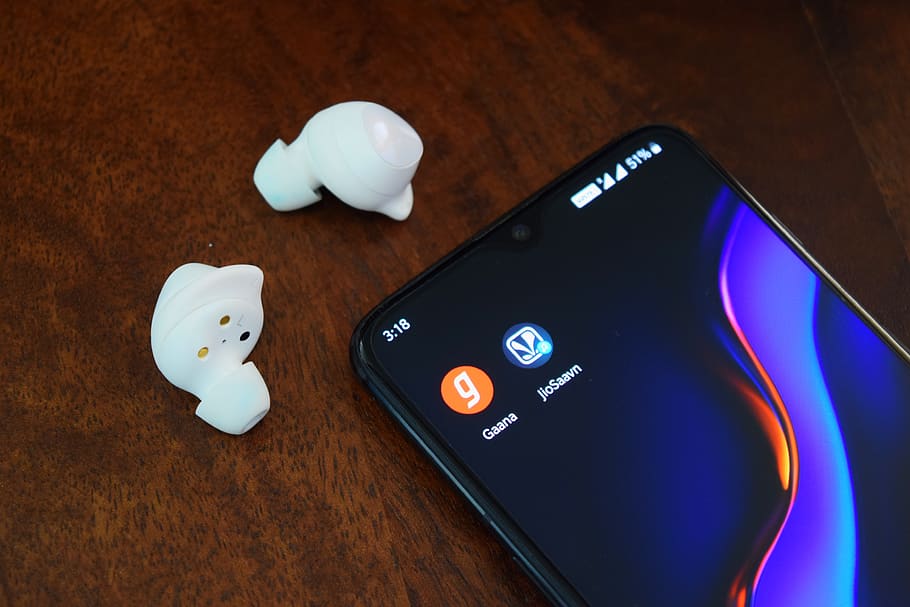
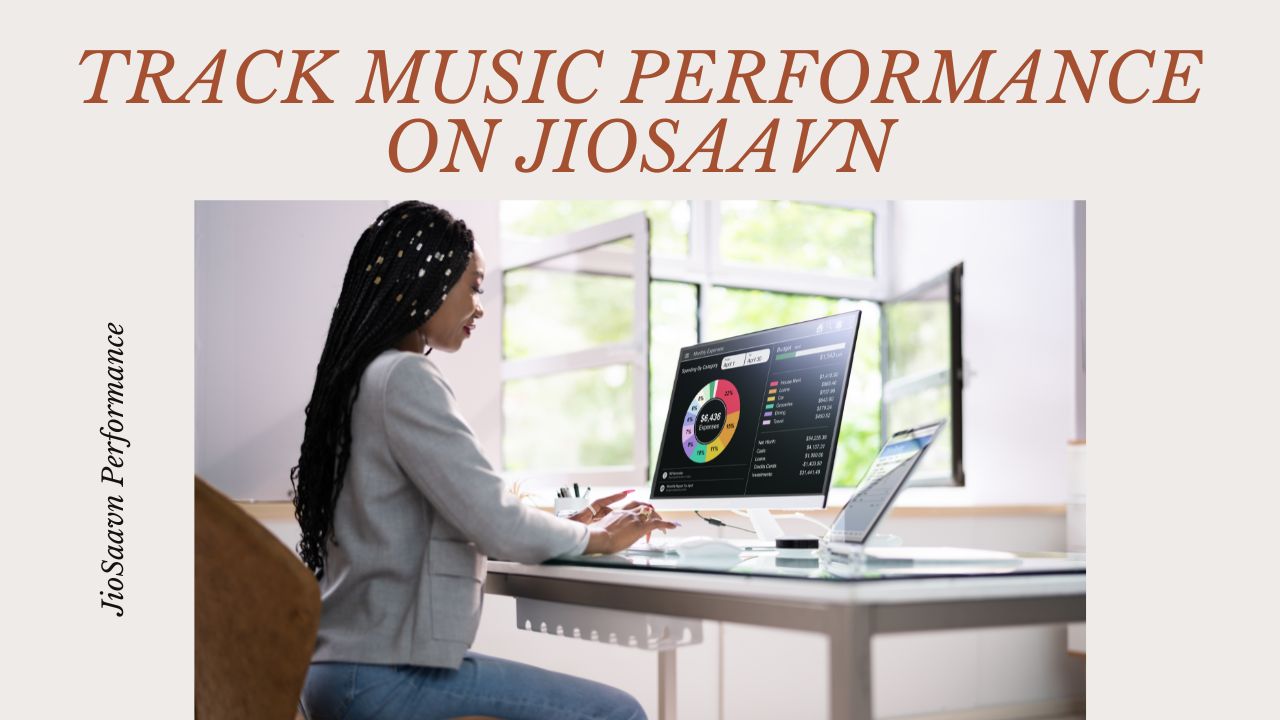


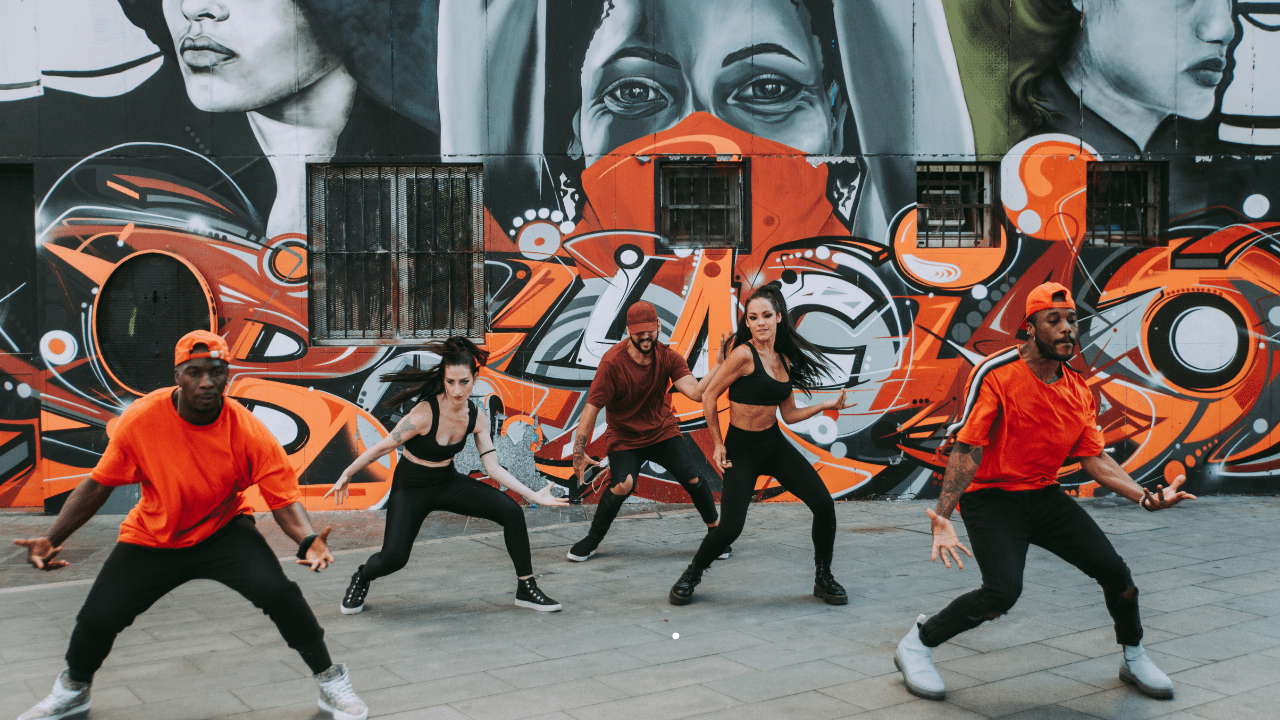
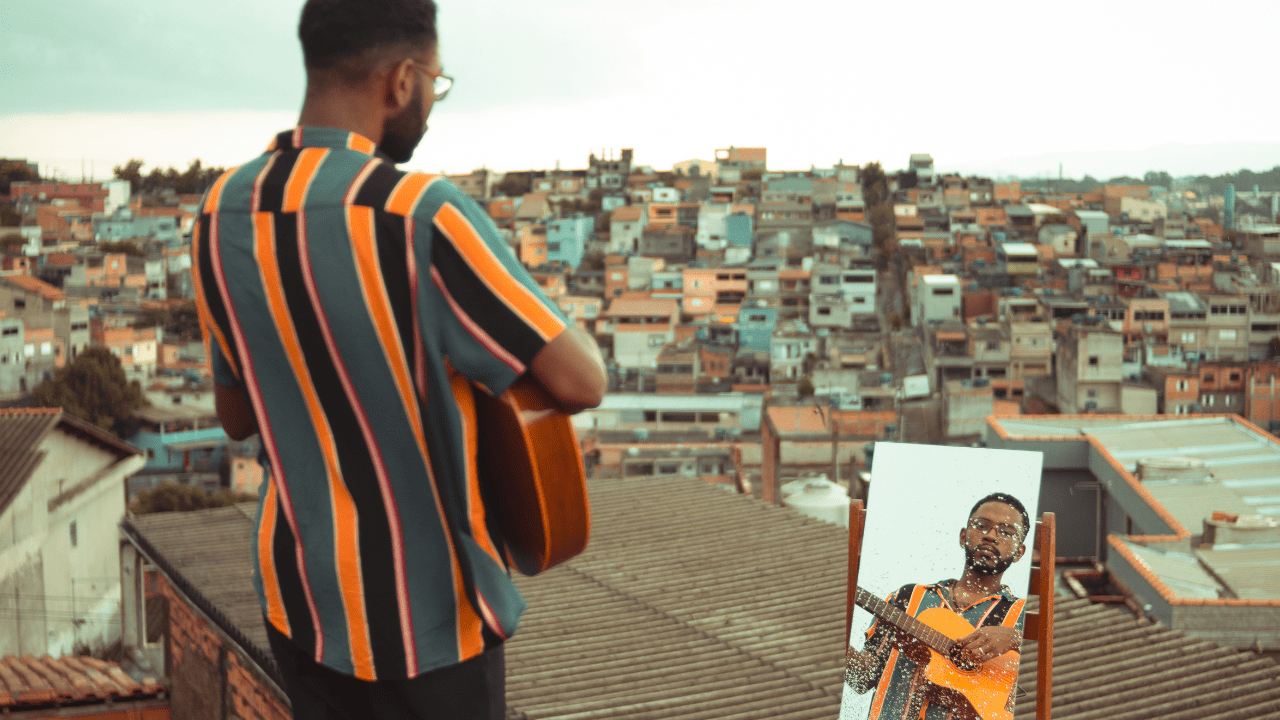
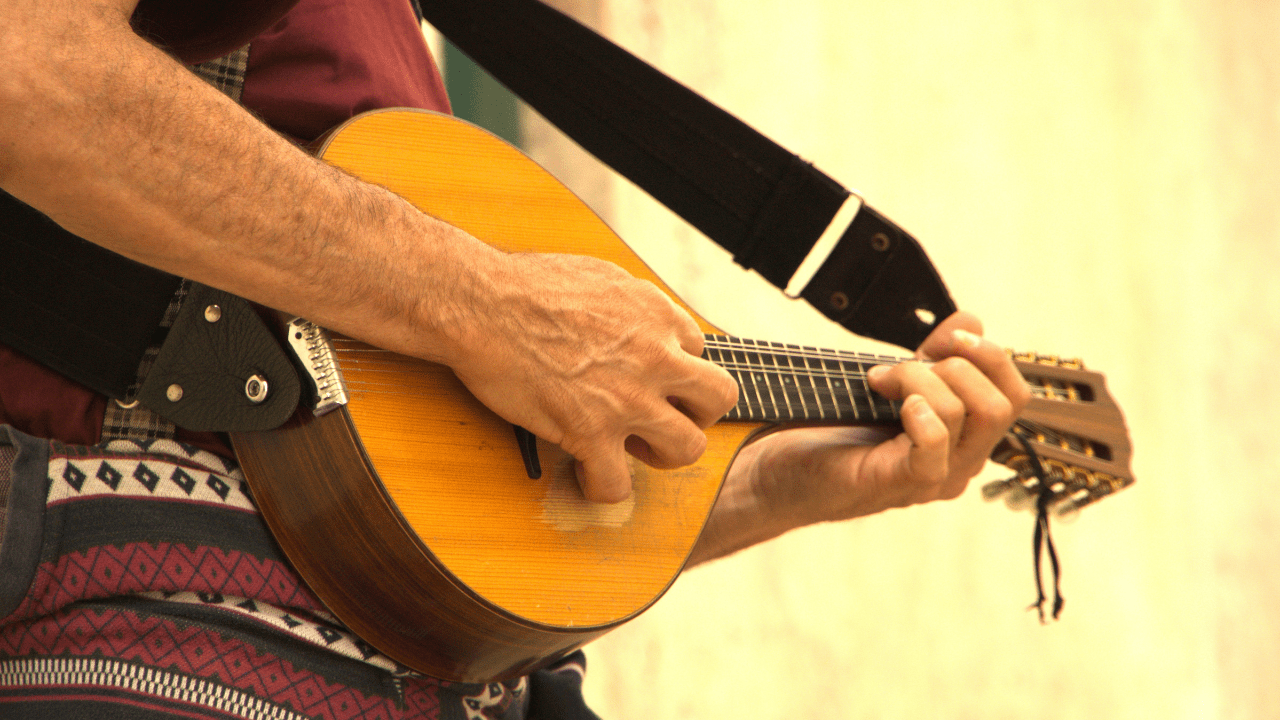
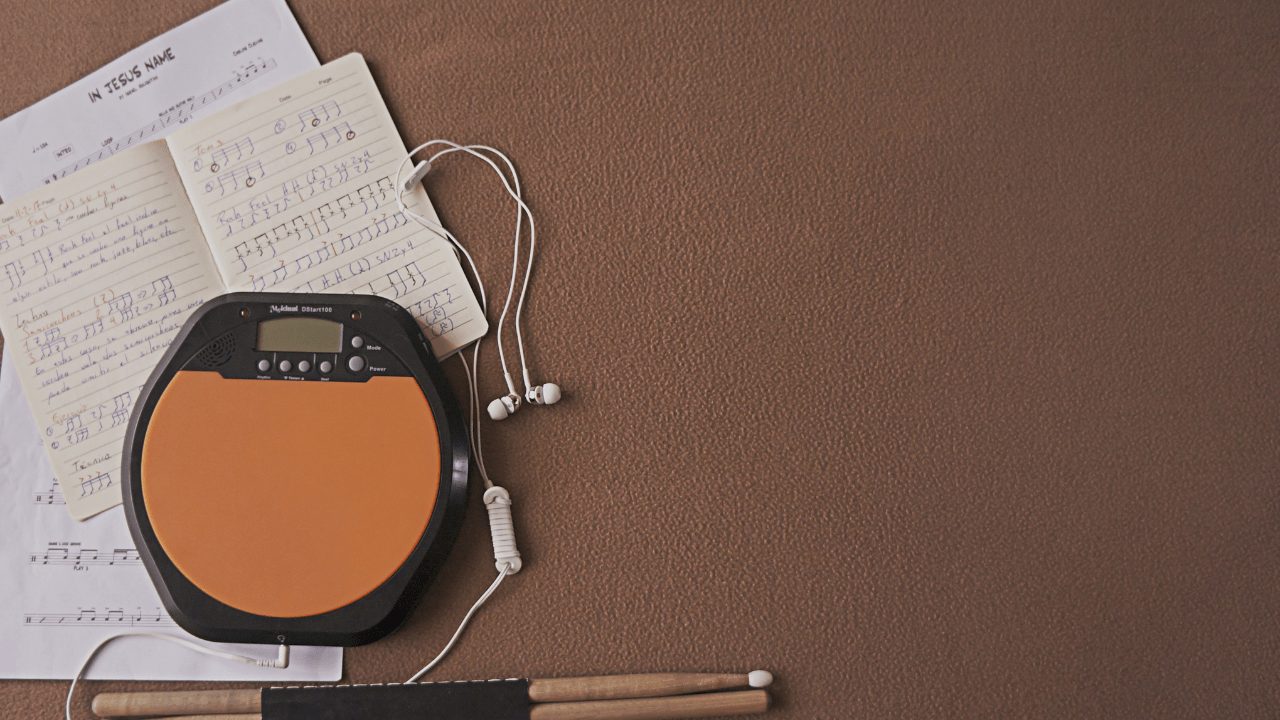

Leave a Reply